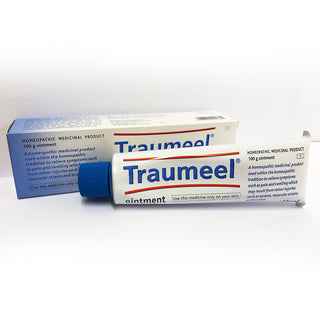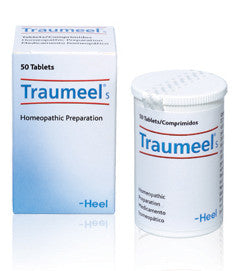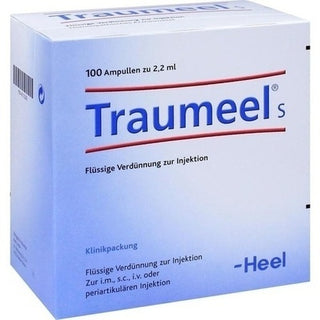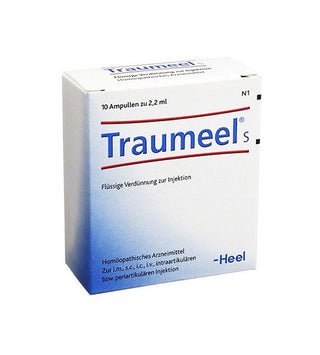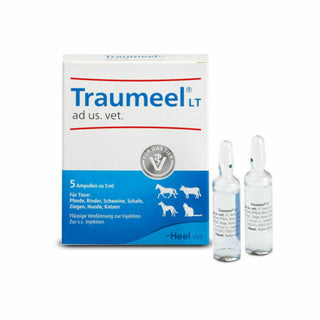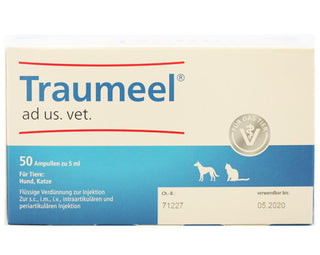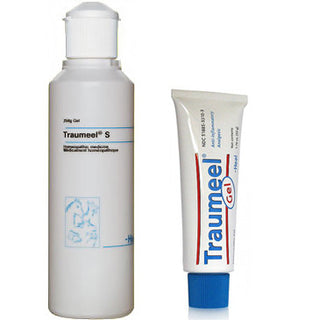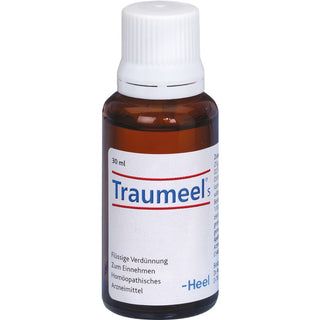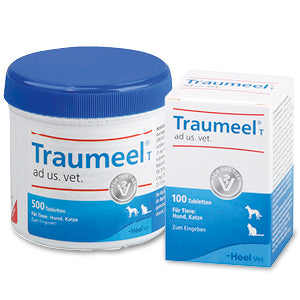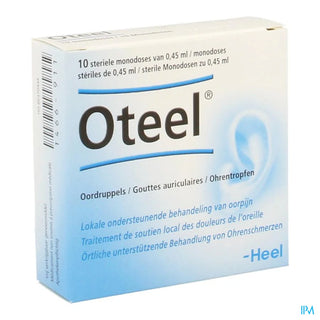6. Dedifferentiation Phases (formerly Neoplasm Phases)
Principles of the anti-homotoxic treatment of tumors
The physician’s action, particularly during the clinical treatment of tumors, is frequently subject to collective constraints originating from a societal-psychological principle of the persistence of the paradigm of the mono-causal ”search and destroy strategy“ with the tumor cell as the target area.
This therapy approach is currently evolving towards recognition of the influence of the endogenic defense system with its spiritual-mental- bodily basis upon the resistance against tumors and thus on the success of the therapy and also on the further prognosis (“Psycho-oncology” 1, 4)
During the 1970s it became increasingly apparent that no progress was being made in the treatment of tumors. Even patients decided ever more frequently to attempt alternative possibilities of treatment. Today the borderline between the individual concepts is becoming less and less distinct, biological complementary treatments during conventional cancer therapy are being employed more often (an up-to-date overview is provided by the major topic “Complementary Oncology” in: Erfahrungsheilkunde 1998, Book 2, Volume 47).
Depending on the character and degree of severity, a multitude of medications of allopathic, homoeopathic, and phytopharmaceutical origin are available.
The valence of the tumor is the actual determining factor which extensively determines the result of the treatment. It is defined by:
- The location and extension of the tumor
- The growth velocity of the tumor
- The metastatic ability of the tumor
The cell metabolism depends on the supply of substrates and the removal of final products, especially of generated free radicals. Our vascular and lymphatic systems are dependent on special nervous, afferent, and efferent influences. A somatic cell can not be viewed separate from the surrounding extracellular matrix (ground substance), as the state of the matrix determines the state of the cell, and thus that of the tumor cell as well.1, 4) The valence of the tumor is therefore dependent on a finely regulated cybernetic system characterized by a multitude of interdependencies.
Long-term disturbances, e.g., those originating from environmental factors, stress, incorrect diet, etc. cause disorders of the matrix and diminution of the defense power, which in turn promotes a malignant development. Also metastases are only able to survive when ”disturbed,” that is, in a matrix suited for them (overview at Heine, 1996).
As oncogenesis always affects the total organism, the cancerous disease must be regarded as a general disease. The matrix-damaging substances (radical ions, activators of proteolytic enzymes, cytokines, growth factors, etc.) released during cellular dedifferentiation (neoplasm) of the cancerous process, lead to a global latent acidosis of the matrix through which in turn the cancerous process is activated, etc. Ultimately, the process leads to a biological unresponsiveness with immunological blinding accompanied by a deficient psychical ability to perceive, encounter, and analyze the condition.
The great disadvantage of chemotherapy is its direct alignment on the cancer cell without taking into consideration that an extracellular space with ground substance surrounds each cell as a functional guard. Subsequently, the cytostasis inevitably leads to severe disorders of the ground substanc and thus of its regulation conditions as well:
- The defense systems are weakened
- Radical ions occur increasily due to cell metabolism disorders
- The latent tissue acidosis increases
- The potential of proteolytic tissue increases
- The endangermnt of the tissue regulation increases.
Chemotherapy must therefore be screened in order to maintain and/or restore the ground regulation and activate the defense. In this case the adjuvant anti-homotoxic therapy can be of great assistance. This applies particularly to the activation of regulatory lymphocyte clones through anti-homotoxic remedies which are interpolated in the mutual modulation of the cellular and humoral defense systems.3, 4)
Conventional cancer treatment includes the local and loco-regional, macroscopic, surgical elimination, as well as a computer-controlled radiation treatment, and a systematic chemotherapy in accordance with the respective state of the tumor with the target of the microscopic removal of the tumor as well. Apart from the multiple side effects, even refined surgical and radiological treatment strategies for multi-modal concepts generally do not promise great success.
Tumorous cancer research of the past years has shown that minerals and trace elements, the vitamins A, C, and E as well as certain enzymes are essential for a series of control systems. These substances must be substituted.
See Vitamins Here:- Vitamins
Holistic treatment of tumors also includes the treating of the psychic problems of the patient and the fortification of his mental powers of endurance during and after treatment of the tumor.
Holistic treatment of tumors is therefore composed of three main components:
1.Conventional treatment of tumors by
- Surgical measures
- Radiotherapy
-
Chemotherapy
2. Biological complementary therapy
- Reinforcement of the endogenic defense system
- Substitution treatment and regeneration treatment
3. Psychic-mental components
- Corresponding psychologically learnable mental tumor defense methods.
Although a carcinoma is, from the viewpoint of Homotoxicology, the most progressed phase of the homotoxicosis, remissions have been observed under deliberate, adjuvant biological therapy.
It must be emphasized that biological therapy does not strive for a collision with the proven conventional therapy forms. It is performed additionally and supplementarily. First, the tumor mass must be reduced through surgery and radiation.
The following basic principles are important:
- Excretion + detoxification
- Diet
- Immunostimulation / Immunomodulation
The therapy commences with a pure excretion and detoxification therapy for the duration of several weeks. In parallel a change of eating habits is commenced. The diet therapy should comprise a standard diet without fattened meats. Animal fats and proteins should be greatly reduced. (Note to dispense with foods containing arachidonic acid and with inflammation mediators, etc.) In addition, all foods prepared with coloring agents and preservatives should be removed from the diet. Alcohol and nicotine are prohibited.
After completion of the excretion and detoxification therapy, an immunostimulating/immunomodulating therapy is commenced.
6.2 Therapy plan
6.2.1 Excretion and detoxification therapy
Examples of an oral therapy:
- Lymphomyosot (tablets, drops) 3 tablets 3 x a day or 10 to 20 drops 3 x daily
- Nux vomica-Homaccord (drops) - 10 drops 3 x daily
- Berberis-Homaccord (drops) 10 drops 3 x daily or and Hepeel + Reneel (tablets) 1 tablet 3 x daily
The routine cure according to Leimbach is a recommendable alternative to or supplementation of this excretion therapy:
Rx:
- Galium-Heel - 8 to 10 drops 6 x daily, eight weeks,
- Lymphomyosot thereafter 8 to 10 drops 4x daily,
- Phosphor-Homaccord 3 x daily
- Hepar compositum, Solidago compositum, Lymphomyosot, and Nux vomica- Homaccord are suitable for a parenteral therapy.
The ampoule preparations are injected 3x weekly i.m., s.c., i.c., or i.v. or mixed in the form of an oral ampoule medication.
- The preparation Lymphomyosot, is suitable for parenteral as well as oral application in the form of drops (20 drops 3x daily).
Recommended parallel to Excretion Therapy
Due to continual contact of intermediary hormones, a state of chronic stress develops within the body. This results in an increasing degree of adrenocortical exhaustion. Therefore, an expedient measure is the interpolation with Berberis-Homaccord.
Due to a latent tissue acidosis, extracellular and intracellular metabolic blocks are frequently diagnosed in carcinoma patients. These blocks can be disrupted through the application of the catalyst preparations Coenzyme compositum and Ubichinon compositum (3 x weekly in the above mentioned application form).
To stimulate depolymerization additionally to Ubichinon compositum , the application of Glyoxal compositum is advisable, which is generally only administered when recovery starts to flag.
Para-Benzochinon-Injeel and cAMP can be recommended as alternating remedies.
After an excretion phase of approximately four weeks, a special immunostimulating and/or immunomodulating therapy may be conducted.
Contact Us
Please Contact Us if you need more he

